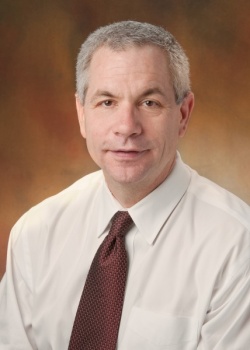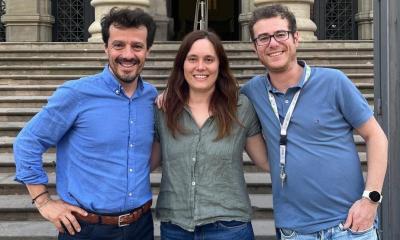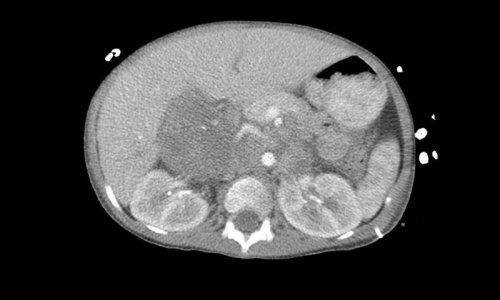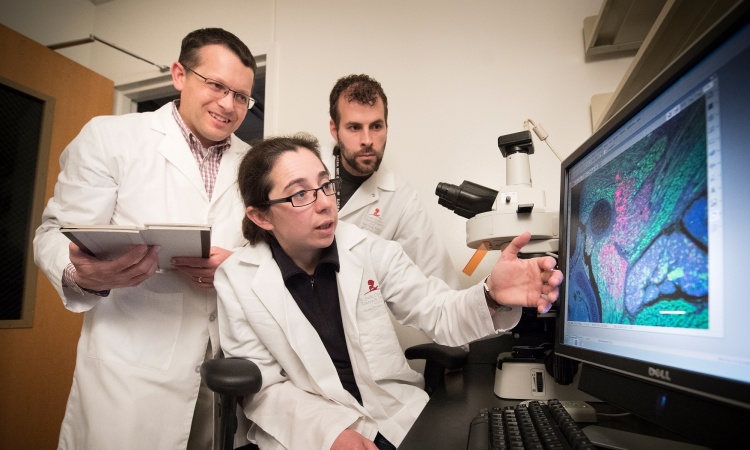Research
Why do children develop cancer?
As new scientific discoveries deepen our understanding of how cancer develops in children, doctors and other healthcare providers face challenges in better using that knowledge to guide treatment and counsel families and patients. In addition, as more children continue to survive pediatric cancer, that counseling may extend into a patient’s adulthood and old age.

“More frequently than previously thought, children with cancer may have genes predisposing them to cancer, even when cancer doesn’t show up in the child’s family history,” said physician-researcher John M. Maris, M.D., a pediatric oncologist at The Children’s Hospital of Philadelphia (CHOP).
Maris’s editorial, “Defining Why Cancer Develops in Children,” in the New England Journal of Medicine, reflects on a major pediatric study of cancer predisposition genes in the same issue of the journal.
That study, by a team from St. Jude’s Research Hospital led by Dr. James R. Downing, found that 8.5 percent of children and adolescents with cancer in their sample of 1120 patients had mutations known to raise their risk of cancer. Less than half of children who inherited those cancer predisposition genes had a family history of cancer.
In his editorial, Maris credits the new study as “the most comprehensive blueprint to date of genetic childhood-cancer predisposition,” adding that the full complexity of how children develop cancer remains to be investigated.
In the majority of cases in the study, a child’s inherited cancer-predisposition mutation did not seem to lead to cancer in the parents or in other family members. “We need to better understand how other genes may interact with the original mutation to cause cancer in the child,” Maris said.
Another implication, said Maris is that, as gene sequencing tools and genetic science itself continue to advance, clinicians will need to better counsel family members on the implications of previously unrecognized cancer predisposition genes in their family. “For parents of a child with cancer, we will need to improve our efforts to provide evidence-based counseling as they plan whether to have another child. We may also consider offering genetic testing to a patient’s healthy siblings or other family members to better assess their possible risk of a future cancer.”
Finally, he added, because some cancer-related mutations may also increase the risk that a childhood-cancer survivor may later develop a second cancer, clinicians and cancer researchers will need to develop the most effective strategies for counseling patients “through the continuum of infancy to old age.”
“Like all good research, this new study opens up more questions and areas for more investigation,” said Maris. “At the very least, this work should remind clinicians that we need to look beyond family history in treating and counseling pediatric cancer patients and their families.”
In addition to his CHOP position, Maris is on the faculty of the Perelman School of Medicine at the University of Pennsylvania and Penn’s Abramson Family Cancer Research Institute.
“Defining Why Cancer Develops in Children,” New England Journal of Medicine, published online Nov. 18, 2015. http://doi.org/10.1056/NEJMe1513921
Source: The Children’s Hospital of Philadelphia
10.12.2015











